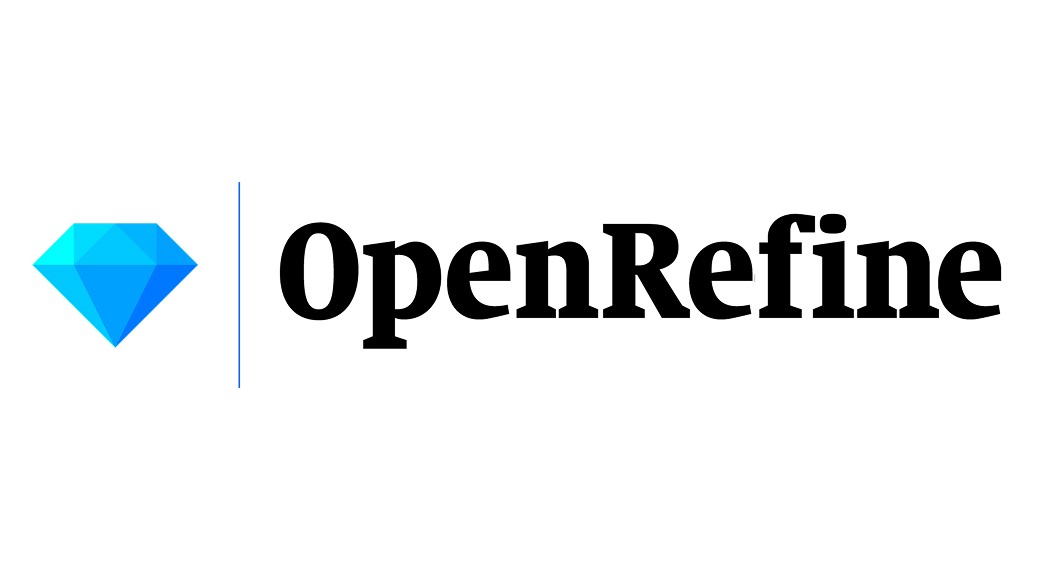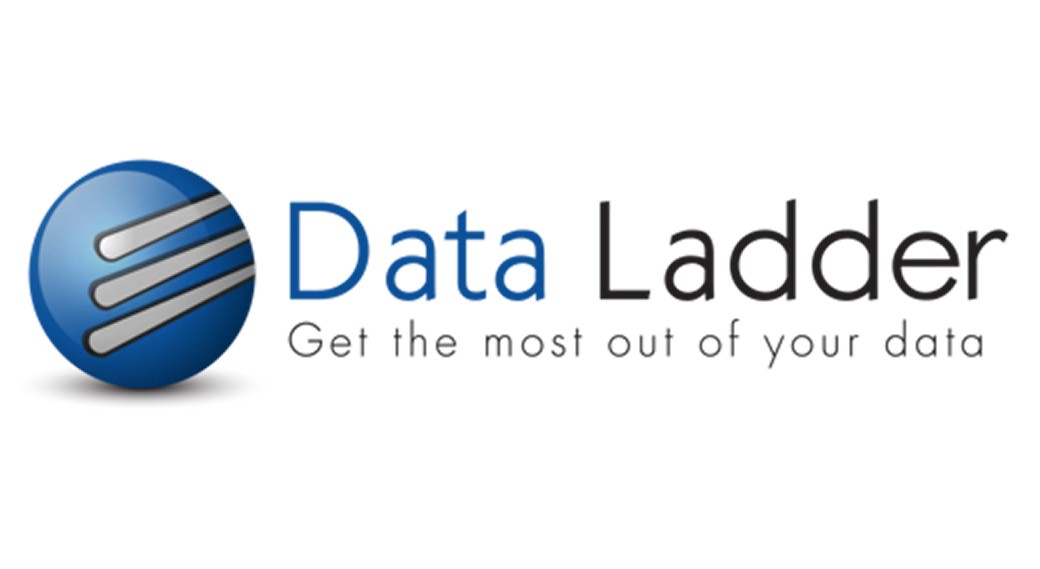
Oğuz Kağan Yalçın
6 Min Read
Discover the top data quality tools of 2024 to ensure accuracy, reliability, and consistency in your data processes.
Introduction
Although data volume is mounting at a pace that has never been recorded in history, larger quantities of information do not necessarily translate into better results. Quality is the central aspect; how accurate, complete, and reliable is the data? It’s not just important, it is a core element that enables organizations to make informed decisions, develop effective strategies, and gain a competitive advantage. In fact, only 3% of companies meet even the minimum data quality standards according to M&A News Today, indicating the need for businesses to take immediate action on data quality tools. Data quality tools offer solutions that enable you to deal more easily with issues facing modern-day data like volume and velocity. In order to streamline data quality management and ensure that reliable insights are always at hand, you can use the following tools. This blog is intended to introduce you to the best data quality tools on the market and help you choose the most suitable one for your organization.
TL;DR
Buckle up! We are diving in!
About The Tools
Data quality tools are software solutions specifically designed to ensure that the data in an organization's systems meets a certain level of quality, completeness, and accuracy. Data quality tools facilitate and often automate the data management efforts that are typically part of ensuring that data remains suitable for use in analytics, data science, and machine learning contexts. Teams can leverage these tools to evaluate the performance of their existing data pipelines, identify bottlenecks, and automate various corrective measures. Profiling data, tracing data lineage, and cleansing data are some processes that contribute to ensuring quality in such cases. To analyze the structure and content of the collected assets to understand their format and values, teams use measurement instruments with an emphasis on visualization methods because they also allow for finding outliers and various forms of graphs. Let’s check out the best data quality tools right now.
Talend
In data management, Talend is positioned as a sophisticated solution suitable for complementing efforts toward improved data quality. With the help of state-of-the-art machine learning technology, it works flawlessly to profile data instantly, cleanse it, and even mask sensitive information while also suggesting ways to address any problems with quality right away. Notably, the innovative features based on machine learning do not end there; they also enable deduplication, validation, and standardization; thus, users have the capability to streamline records efficiently for future use or knowledge sharing. However, setting up Talend Data Quality can be somewhat challenging, especially for users who are not well-versed in its technical details, although it has clear strengths. Another constraint may be the lack of in-memory capability, as the performance and speed on large datasets with many transformations will tend to decrease. Additionally, one should consider that Talend Data Quality is more expensive compared to some other competitive alternatives in the market.
Talend Data Quality, through the use of machine learning, is able to automate data profiling, allowing it to recognize real-time quality problems, discover interesting patterns or signatures, and eventually detect outliers to avoid making wrong decisions based on data that is not correctly captured. In addition, Talend provides a self-service interface designed for both business users and technical experts, driving collaboration across boundaries within an organization in a seamless way. Talend Trust Score is a special feature that can be easily activated on the platform and can help make an immediate and accurate evaluation of how reliable data could be for particular users to make well-informed decisions about data sharing or datasets that need more cleanup. The use of Talend Data Quality is important in ensuring that any organization uses only the right quality of data, considering that the prioritized part is data security and compliance. Therefore, this software has strong characteristics towards ensuring security on data integrity as well as maintaining adherence to relevant regulations.
OpenRefine
Data cleanliness and formatting are main parts of a data quality program. OpenRefine (formerly Google Refine) is an excellent open-source application that can help meet these needs, offering users a streamlined process to manage datasets that come from different places, thus aiding in the cleaning and transformation of data into numerous formats.
OpenRefine is based on the Java Platform and is installed on the local machine so that the user has the freedom to work with their own data, ensuring a high level of data privacy. Additionally, OpenRefine offers web services for those who prefer working online; these services make it possible to perform tasks related to the quality of data at a distance from remote devices connected through the internet. However, despite being versatile and functional, there are instances when OpenRefine presents some learning curves, with some users struggling during setup and implementation phases.
OpenRefine takes advantage of a model that is highly attractive because it is free and open source. In terms of price, this accessibility, coupled with a feature-rich resource, makes it a good option for organizations that need to make data manipulations efficiently. Some prominent features of OpenRefine include its data reconciliation capacities that allow the identification and merger of duplicate values through powerful heuristics, and also make it easy to link up with outside databases for refined data quality. Furthermore, OpenRefine provides faceting and filtering facilities that promote thorough investigation and study of large datasets.
Data Ladder
Data Ladder is a must-have in order to monitor and control data quality by using high-power matching algorithms to improve the overall accuracy of information. Users are enabled through the implementation of these algorithms by Data Ladder to cleanse all types of data sources, find missing matches that had been overlooked, and restore trustworthiness and precision throughout the organization-wide data environment.
Data Ladder possesses remarkable features; however, there are some issues that it has to address, especially in ensuring that its advanced feature documentation is easily accessible. It is worth noting that components like custom data profiling patterns, advanced matching options, and survivorship rule setup are not fully documented, which can hinder users from making the most out of them. Apart from this, there have been complaints by certain clients about the accuracy of the data-matching algorithm, suggesting that improvements should be made in this area.
Data Ladder is designed with a seamless data import feature that makes it possible for users to link and integrate data from different sources, including file formats, relational databases, cloud storage, and APIs. Additionally, the tool is able to execute automatic quality checks on data and instantly generate data profile reports, making it easy for teams to identify areas of data cleansing opportunities. Similarly, using Data Ladder is beneficial as it assists in removing redundant information that might contain inconsistent or incorrect figures from data sources, leading to maintaining a unified view of data across multiple sources.
To add, Data Ladder allows individuals to perform matching of particular data from the custom-made standards and match confidence indicators. Regardless of whether it is necessary to get a certain extent of correspondence based on exact, imprecise, or phonetic rules or simple numeric algorithms, Data Ladder provides an opportunity to adjust matching methodologies according to the specific objectives of data quality. Finally, although Data Ladder can be seen as a very successful resolution for data quality management, there are aspects that should be improved, such as extensive documentation and algorithms’ effectiveness. However, its wide range of features makes Data Ladder an invaluable asset in helping organizations achieve their data quality goals.
If you like this article, you can have more!






